Chinese President Xi Jinping recently gave a speech in which he declared: “No more weird architecture,” a response to criticism of some of the strange and often spectacular buildings from such architects as Zaya Hadid that have resulted from the country’s construction boom. With this edict in place, let’s take a look at some of China’s weirdest buildings – which no doubt contributed to the president’s decision. By Brent Furdyk

Peoples Daily News Headquarters
Possibly the single building that contributed most to the ban on “weird architecture,” this tower built to house China’s ‘People’s Daily News’ was widely mocked for looking exactly like a giant, well, you know.
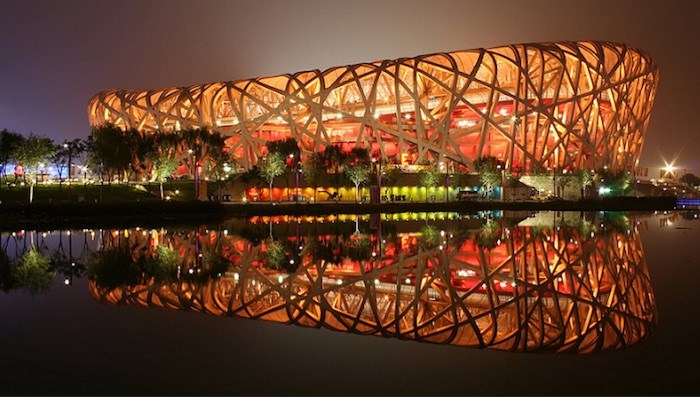
Bird’s Nest Stadium
Constructed for the 2008 Beijing Olympics, the 90,000-seat Beijing National Stadium (better known as the Bird’s Nest) was constructed at a cost of $480 million, a collaboration between Jacques Herzog, Pierre de Meuron and Chinese architect Li Xinggang. These days, however, the stadium is seen as an expensive relic that costs $11 million per year to maintain, and is currently utilized as a Segway track where tourists pay $20 a head to ride around.
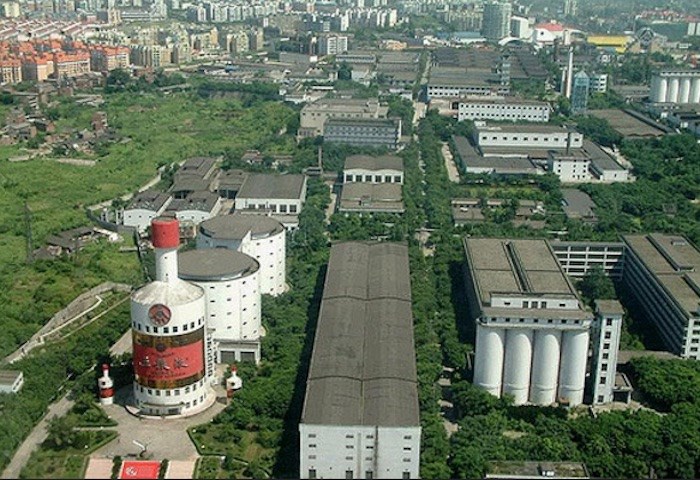
Wuliangye Liquor Factory
As one of China’s most popular booze brands, it’s fitting that the Wuliangye bottling plant boasts a building designed to resemble one of its iconic bottles.
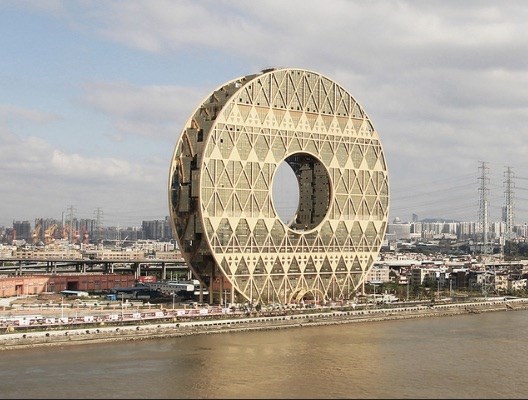
Guangzhou Circle
Designed by Italian architect Joseph di Pasquale, this 33-storey circular structure is often described as a giant shiny donut.
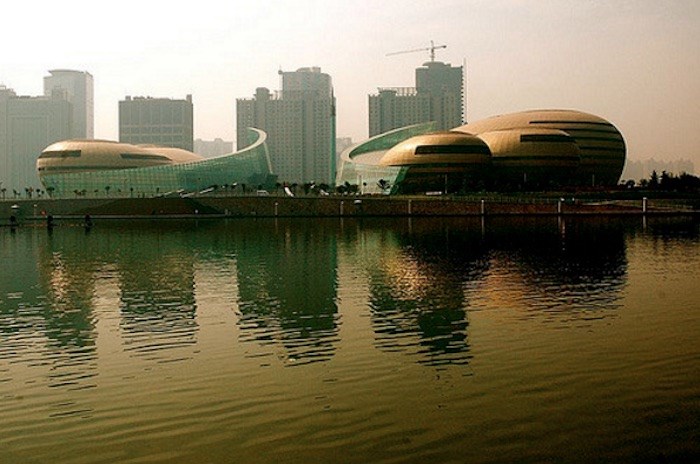
Henan Art Centre
Located in Zhengzhou City, the 77,000-square-foot Henan Art Center was designed by Canadian-based architect Carlos Ott, modelled after ancient flutes unearthed in archeological digs: the Xun (a kind of ocarina), panpipes and a bone-flute. To most eyes, however, the buildings look more like shiny golden eggs.
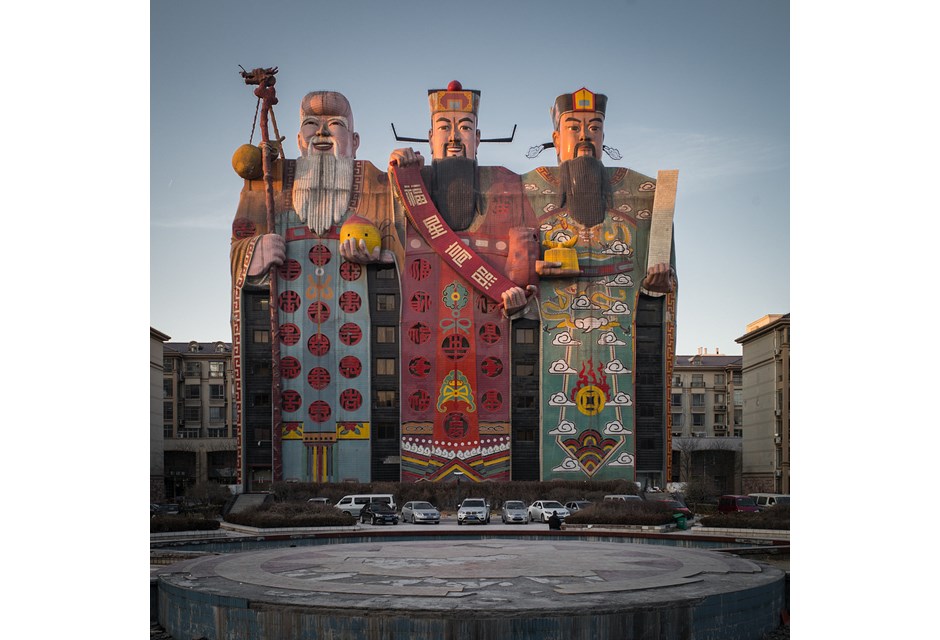
Tianzi Hotel
This hotel in China’s Hebei province is known for its unmistakable facade depicting a trio of Chinese gods. It’s also known for regularly showing up on lists of the world’s ugliest hotels.
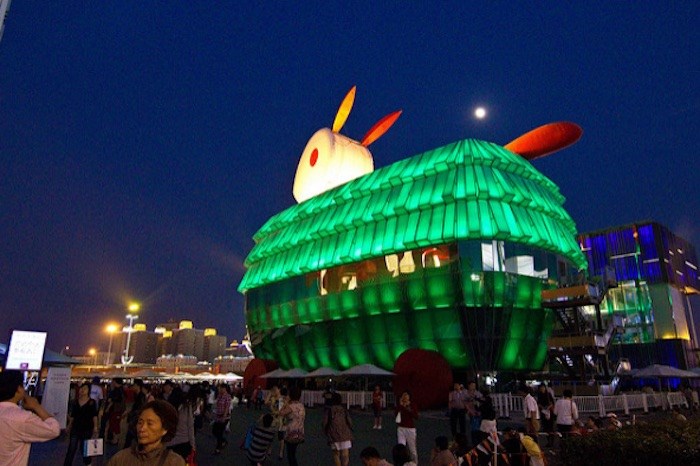
Macau Pavilion
Designed by Chinese firm Carlos Marreiros Architects for the 2010 Shanghai World Expo, this pavilion is meant to resemble a jade rabbit lantern. The big bunny is wrapped with a double-layer glass membrane, with fluorescent screens on the exterior walls. The head and tail of the rabbit are actually giant balloons, which can be wagged up and down.
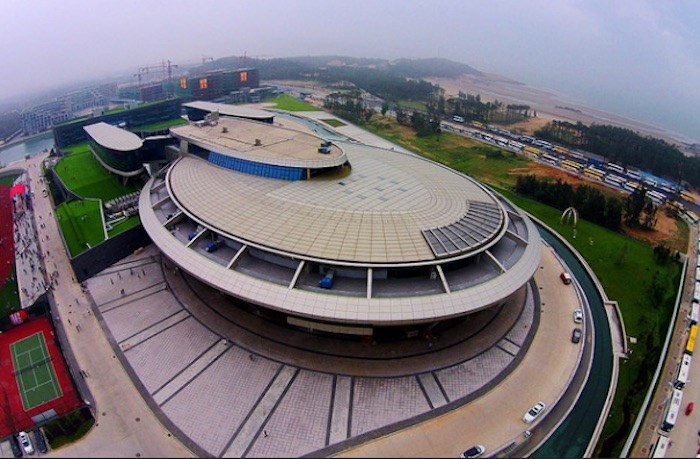
Netdragon Websoft Headquarters
If you’re thinking this looks like the kind of building that would be built by an obsessed ‘Star Trek’ fan with an unlimited access to cash, you’re not far off. The owner of this Chinese software firm is an unabashed Trekkie who went where no architect has gone before by modelling his company headquarters after the starship Enterprise.
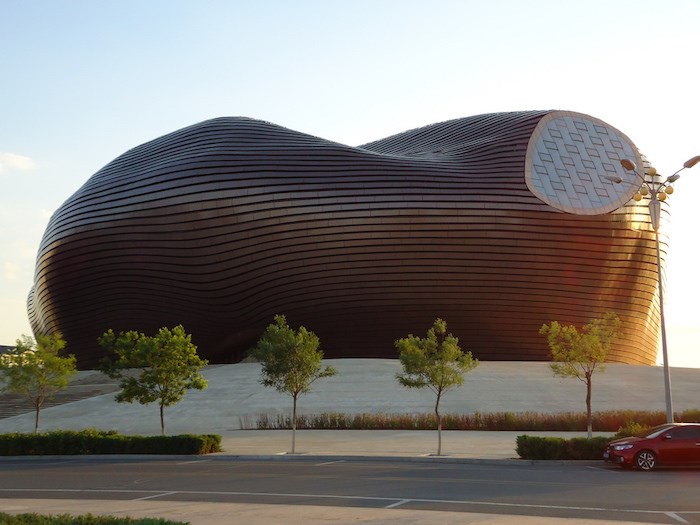
Ordos Museum
City planners greatly over-anticipated how many people would be moving into the newly built luxury city of Ordos in the middle of the Gobi Desert in Mongolia, which has recently been described as a ghost town. This oddly shaped museum from Chinese architecture firm MAD is “shaped like a large undulating blob,” but the purpose of its polished metal tiles are to resist the frequent sandstorms.
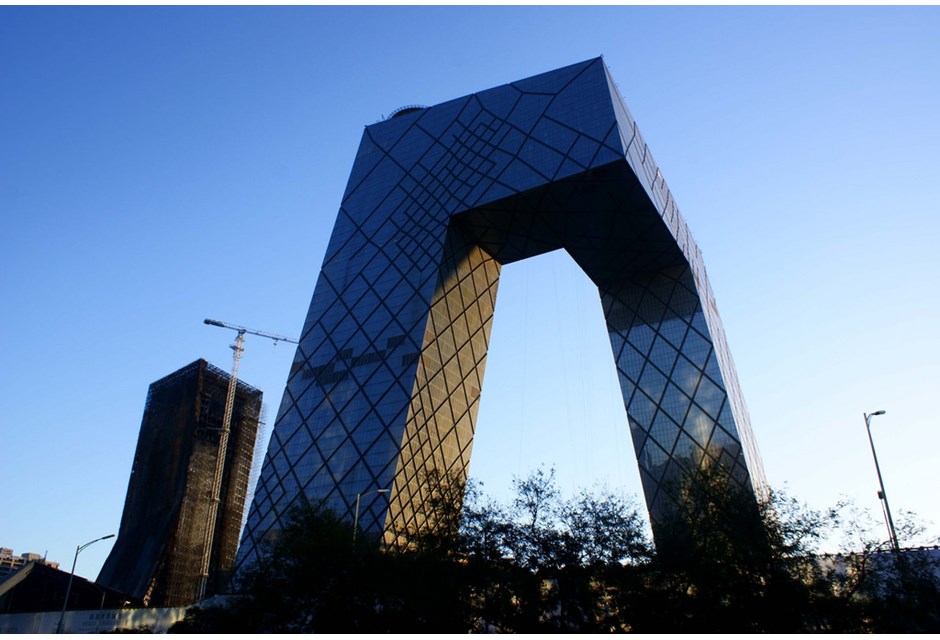
China Central Television Headquarters
Designed by Dutch architect Rem Koolhas, this unusual 44-storey twin-towered building connected up top is referred to by locals as “big pants.”
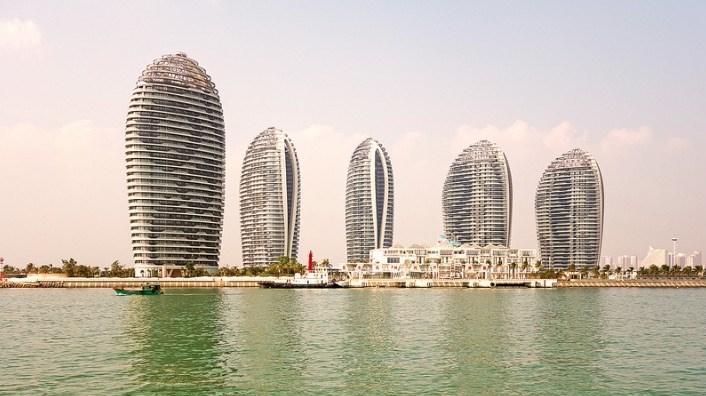
Phoenix Island
This man-made island, upon which was constructed massive luxury apartments shaped like the sails of ships, was once known as “China’s Dubai.”
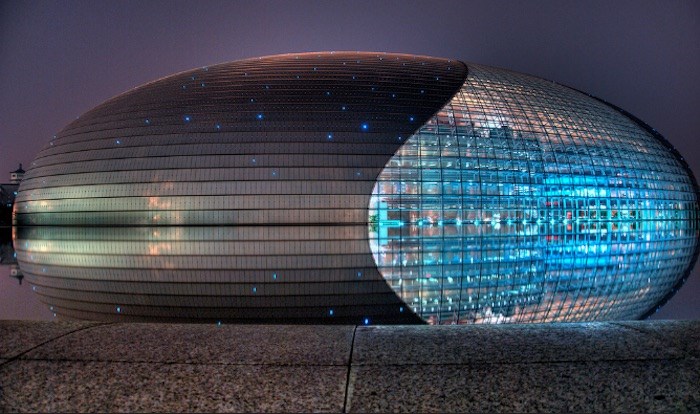
National Centre for the Performing Arts
Colloquially referred to as “The Egg,” this performing arts centre in Beijing was designed by Paul Andreu Architecte, with an opera house, concert hall and two theatres housed within the “ellipsoid” titanium-and-glass shell.
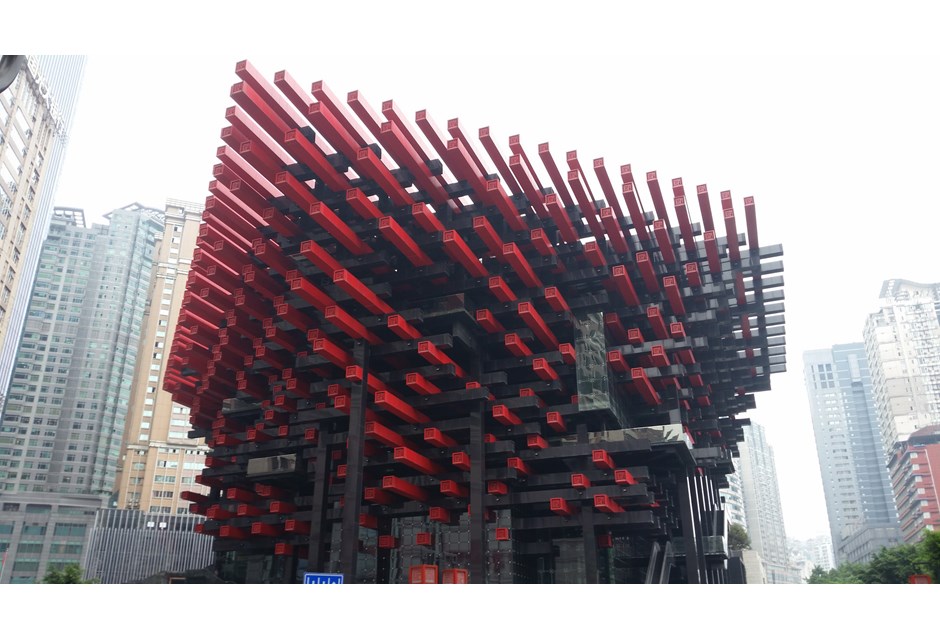
Chongqing Guotai Art Museum
For the design of this art museum, architect Cui Kau utilized a construction element called “Ti-Cou”; “Ti” is an ancient Chinese character that means cutting ends of wood, while “Cou” is a construction method in which timber is alternated in different directions. The overall effect, however, can be described as what would happen if a porcupine mated with a Rubik’s Cube.

Sheraton Hounzou
If a horseshoe is lucky, think how lucky a massive building shaped like one will be! That was apparently the thinking behind this luxury resort that has been given such nicknames as “Horsehoe Hotel” and “Donut Hotel.”

Wangjing Soho
Designed by the late, great Zaha Hadid, these curved office towers are designed to look like giant pebbles, although critics of the complex complain it looks more like a metallic blob.
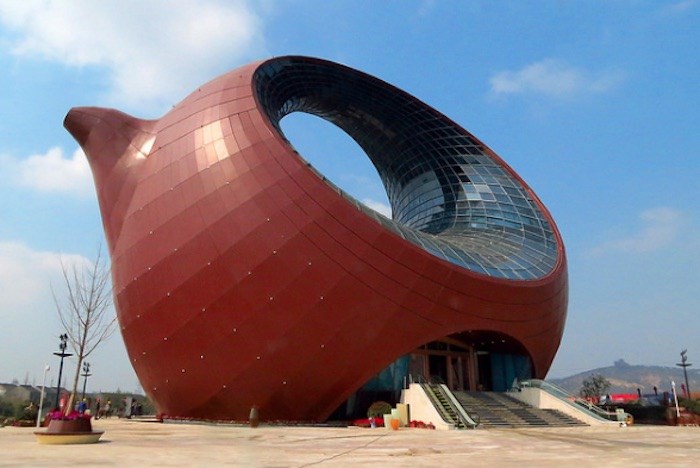
Wuxi Wanda Cultural Tourism City Exchange Centre
Completed in 2014 at a cost of $6.4 billion, this building holds the distinction of being the “world’s largest clay teapot shaped building.”
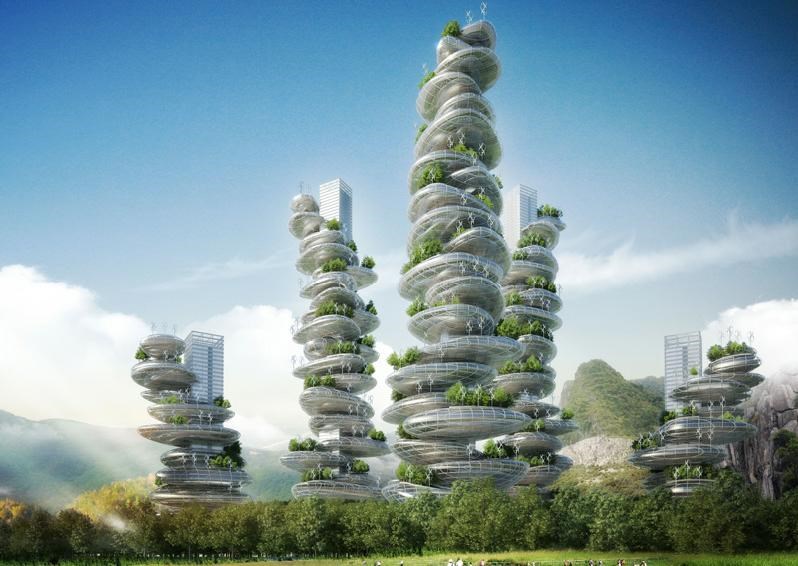
Shenzen’s “Asian Cairns”
This futuristic design to create vertical green space in a dense urban environment hasn’t been built and, due to the “weird architecture” ban, likely never will be. Still, the concept is intriguing, with Vincent Callebaut Architecture proposing a trio of interlaced “eco-spirals” curling up around two megalithic towers in order to form “urban ecosystems implanting the biodiversity in the heart of the City under the shape of vast public orchards and urban agriculture fields.”
HGTV your inbox.
By clicking "SIGN UP” you agree to receive emails from HGTV and accept Corus' Terms of Use and Corus' Privacy Policy.




